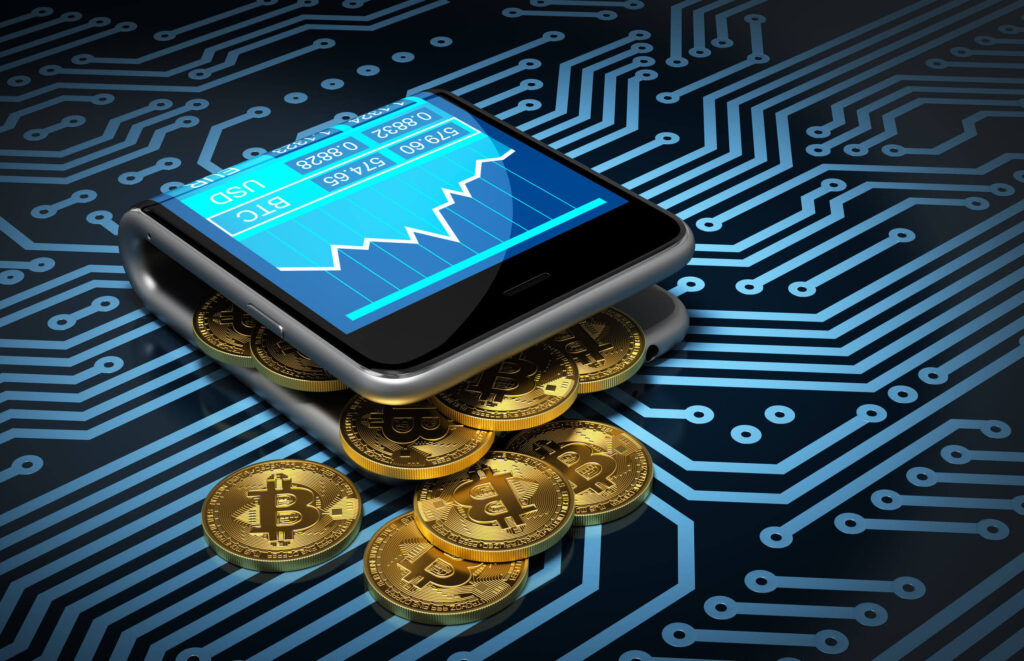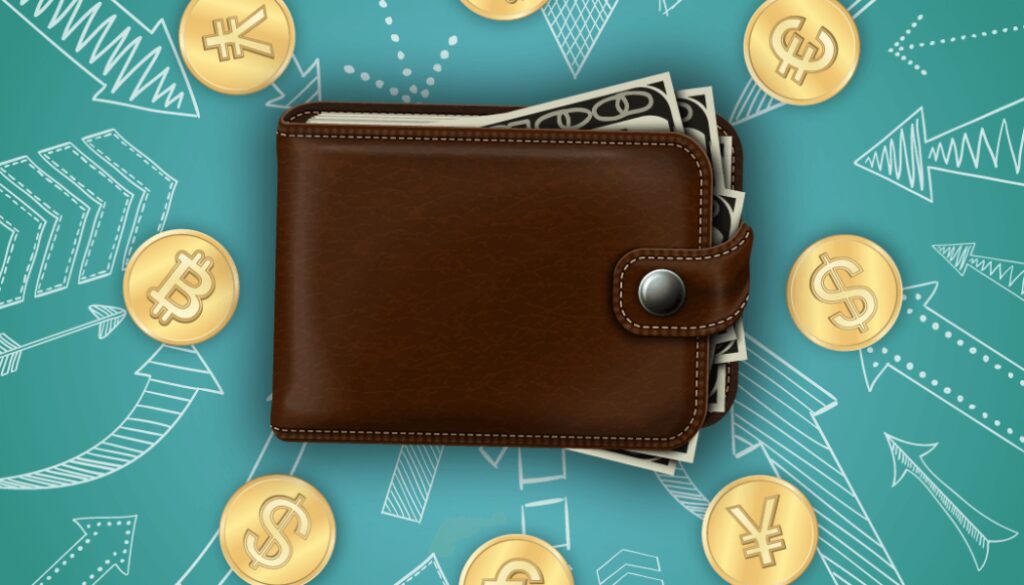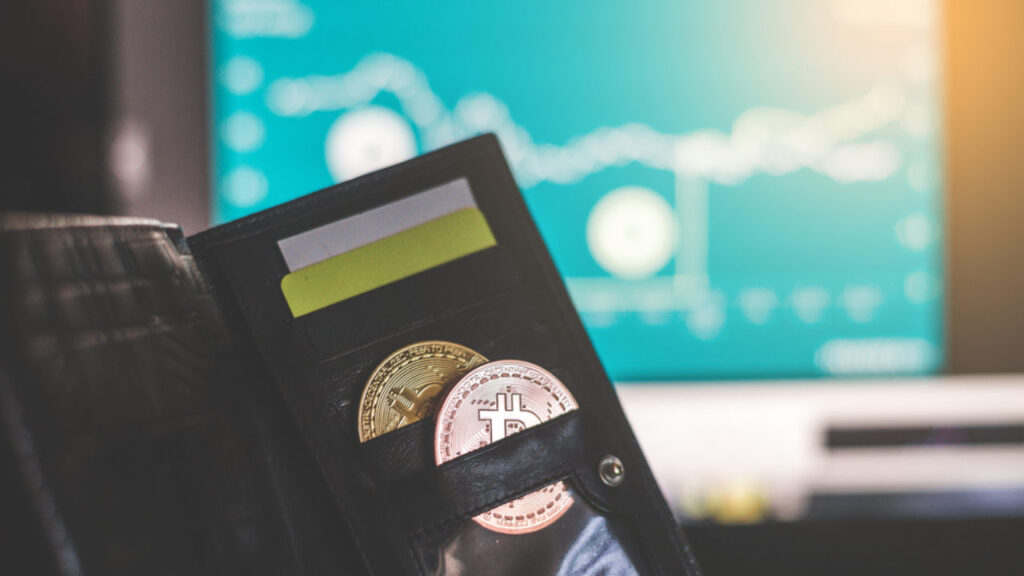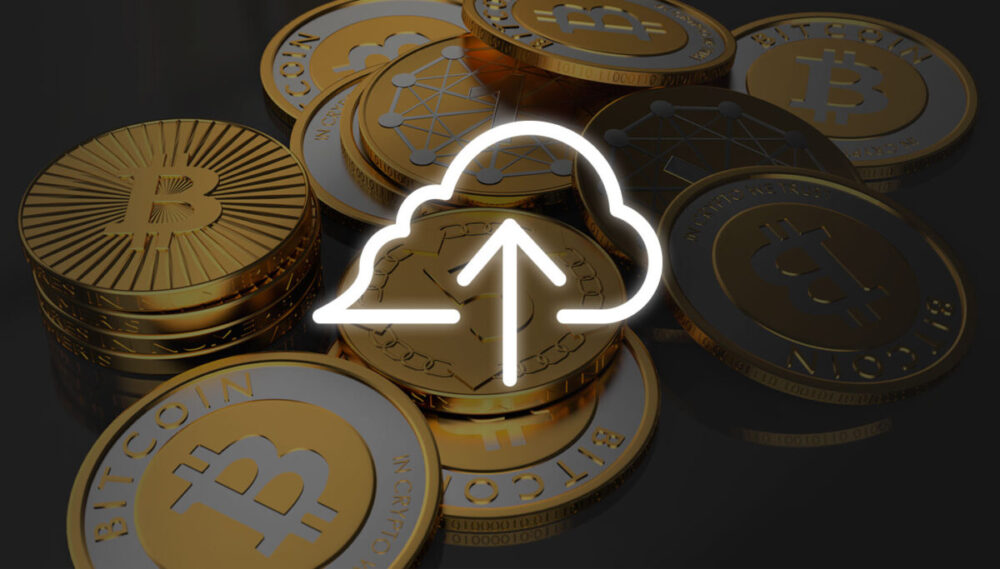Just buying a cryptocurrency is not enough; you have to store it somewhere properly and securely. You also need to have a plan if it’s stolen. Cryptocurrencies exist in a free market, which means that there are no regulations or any centralized financial system. Anyone can buy and sell them, just by going on one of the websites like immediate-bitcoins.com and start trading. In layman terms, this means – you are your own bank. This means that you are the one responsible for the security of your own assets. You can’t lock your cryptocurrencies in your safe since they exist only in a cyber world, so developing a security system to protect you from ever-lurking hackers is a must. Keep in mind that they are getting more sophisticated every day. Hence, you would need to keep up. Here, we bring you the list of some of the options and ideas on how to protect your digital assets.

The Wallet
First off, do not imagine your regular wallet in your back pocket. This is a wallet that stores keys that can be used to access, buy, sell, send, or receive cryptocurrency. Think of it as your regular checking account. You make a deposit, and your money becomes a number on the piece of paper, right? To access it, you will need your password, or your ID, only in the crypto universe that would be the key. Keys can be private and public. A public key compares to your bank account, and you can give it to others if you are expecting a payment from them, that’s totally harmless. A private key would be like the PIN of your debit card, something that only you know, and need in order to access the money. Now that we cleared that up, you need to know that there are different kinds of wallets: software, hardware, hot and cold. Don’t panic, and it’s actually quite simple. A software wallet is something that you would have on your phone or a PC, like an App. The different wallet goes with different OS, so for Windows, it’s Bitcoin Core, for Android – Bitcoin Wallet, etc. The hardware wallet is just like the name says, hardware, like USB, for example. It’s something that gives you access to your cryptocurrency even when you’re offline. A hot wallet means that it is online, like your software or a cloud. The cold wallet is the opposite, logically. It means you keep your keys offline, like write it down on a piece of paper and put it in a safe. For all of the above, you have to have a backup in the form of a file that will contain all your private and public keys in case you need to restore it.

Which one to pick?
This one comes down to what’s more important to you, security or convenience. I know you want to have your cake and eat it too, but that’s not going to happen when you’re dealing in the crypto world. The easy way would be to store your cryptocurrency on an exchange. This is also the riskiest move since you lose control over your keys, and hackers will have a field day cracking that one up. The most secure way would be to keep your keys stored offline. This literally means to write your keys down on paper and store it somewhere safe, although in that case, liability is all on you. If you have very little cryptocurrencies, don’t bother with hardware keys, since you probably wouldn’t be so interesting to hackers. But, if you do invest regularly, take responsibility for your assets.

Ways to back up your wallet
Back. Up. Your. Wallet. I cannot stress this enough. As we established, public keys are like your bank account number, and private keys are like your PIN. If you lose either one, you go to your local bank, and Bob, the teller, will restore it for you in a matter of minutes. This is not it. It doesn’t work that way. If you lose your keys, there is no one to turn to. The same goes for hardware wallets; if you lose your USB, it’s gone forever, and you lose your cyber currencies with it. Therefore, make sure you have a backup for your wallet.
The seed phrase is one way of doing this. The software can generate a phrase that you need to write down and keep it safe. It would be something like: “honey ocean get country simple shirt crossing.” Make sure to follow the order, and of course, do not lose it. In case you lose your wallet, create your safe phrase to recover it.
Another way is to export your keys. In your software, you can generate a text file that will hold all your public and private keys and export it to some other medium, hardware, for example. Make sure you do all the exporting while staying offline, just to be safe. Once you export your keys, go back and delete it from software, and the recycle bin.
One more way to back up your wallet is to copy the files where the keys are stored. Look at the hidden files on your computer, and chances are you will find the file with all your keys information. Simply copy it on some secure hardware, and delete it from your PC.

If you still don’t feel safe and sound, do it the old-fashioned way. Disconnect from the internet, print out your public and private keys and store it in your gun locker, or under your mattress, or wherever you feel would be the safest place. Just don’t forget to delete the file you printed from your PC.
Two things to remember here. First, you are completely and ultimately responsible for your crypto assets, and second, there is no password recovery option. This is exactly why you need to keep your public and private keys secure and always have a back-up. This way, you will still be able to access your wallet. If you lose your wallet or your access keys, your cryptocurrency is lost forever.





